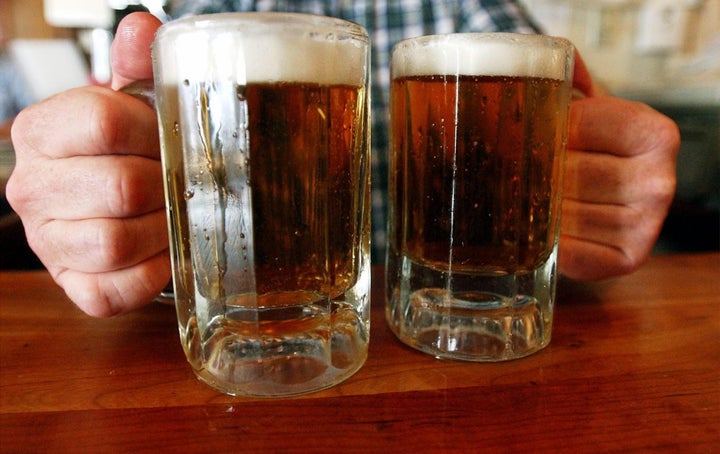
The classic image of a suit-clad executive throwing back a few scotches after (or during, if you're Don Draper) a day at the office may not be far off, according to new research.
A new study released by the Centers for Disease Control and Prevention says that binge drinking is more common among Americans with household incomes of $75,000 or more per year.
But the study also found that Americans with household incomes of less than $25,000 per year consume more drinks when they binge drink, averaging eight or nine drinks per binge.
The CDC defines binge drinking as "consuming four or more drinks for women and five or more drinks for men on an occasion."
In 2010, 23.5 percent of households in the U.S. earned less than $25,000 and 33.2 percent earned $75,000 or more, according to the most recent data from the U.S. Census Bureau's American Community Survey.
The U.S. median household income in 2010 was $51,914.
Overall, about 1 in 6 U.S. adults surveyed said they had binged on alcohol at least once in the previous month, though it was more than 1 in 4 for those ages 18 to 34.
And that's likely an underestimate: Alcohol sales figures suggest people are buying a lot more alcohol than they say they are consuming. Health officials estimate that about half of the beer, wine and liquor consumed in the United States by adults each year is downed during binge drinking.
Taking into account alcohol-related crimes, health care costs and "lost productivity," the CDC estimates that in 2006, "drinking too much, including binge drinking," cost the country $746 per person, or about $1.90 per drink.
The study from the CDC also says that binge drinking is more common in men and those who have attended college, according to the Associated Press.
Click here for more on the study.